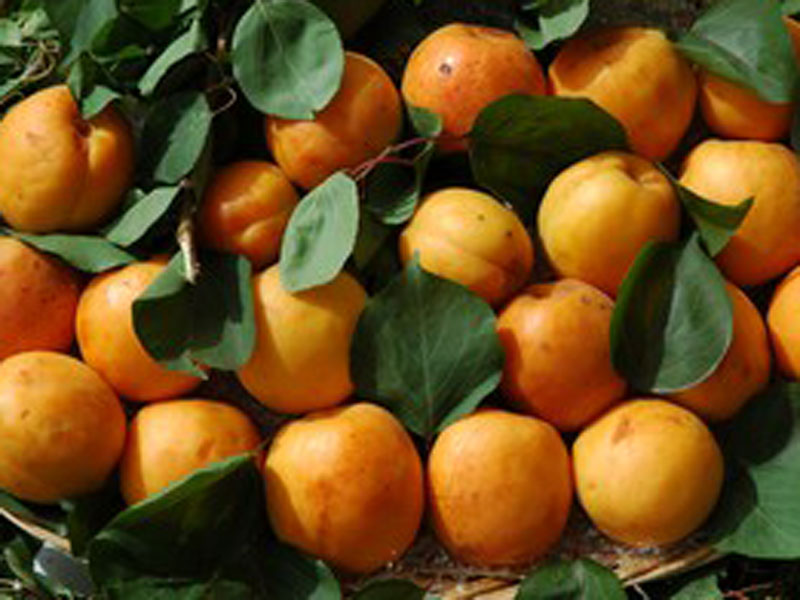Vesuvio Apricots
History
One of the first reliable documents on the presence of apricot trees in Campania is written by Gian Battista Della Porta, a scientist from Naples who, in 1583, in his work "Suae Villae Pomarium" makes a distinction between two kinds of apricots: bericocche and crisomele. Moreover, in "Breve ragguaglio dell'Agricoltura e Pastorizia del Regno di Napoli" of 1845, the apricot tree is recognized as the most widespread tree, after the fig tree, in the area of Naples and of Vesuvius.
Production Area
The territory interested by the production includes the following Municipalities in the province of Naples: Boscotreale, Boscotrecase, Ercolano, Massa di Somma, Ottaviano, Pollena Trocchia, S. Anastasia, S. Sebastiano al Vesuvio, S. Giuseppe Vesuviano, Somma Vesuviana, Terzigno, Trecase, Torre Annunziata, and Torre del Greco. Campania is the most important region in the cultivation of apricots with its almost 50,000 tons of products mainly coming from Vesuvio National Park (approximately the 80% of the regional production). At the moment, in the Park area there are about 2,000 ha of apricot groves, with a production - in normal climatic conditions - of about 400,000q. The production is mainly used for the fresh consumption; however, a part of it is used for the production of juices, and another part is transformed into jams, dried products, and candied fruit. A limited part is used to make frozen fruit or fruit in syrup.
Description
The term "albicocca Vesuviana" includes a group of over forty different biotopes, all coming from the same place. The most widespread are: Ceccona, Palummella, S. Castrese, Vitillo, Fracasso, Pellecchiella, Boccuccia Liscia, Boccuccia Spinosa, and Portici. At the moment, the cultivation involves the whole area of Vesuvius, known for the particular fertility of its soils which, being of volcanic nature, are rich in minerals, especially in potassium, which is known for its influence on the organoleptic quality of fruits and vegetables and which, in this case, gives apricots a pleasant and characteristic taste. Since the elements characterizing the several varieties are variable, it is possible to generalize their description considering their early and medium-early ripening feature. They are appreciated for their organoleptic features, above all sapidity and sweetness. They are characterized by a soft or dotted red color on the yellow-orange base of the peel.
Production Season
It is harvested towards mid-May.








